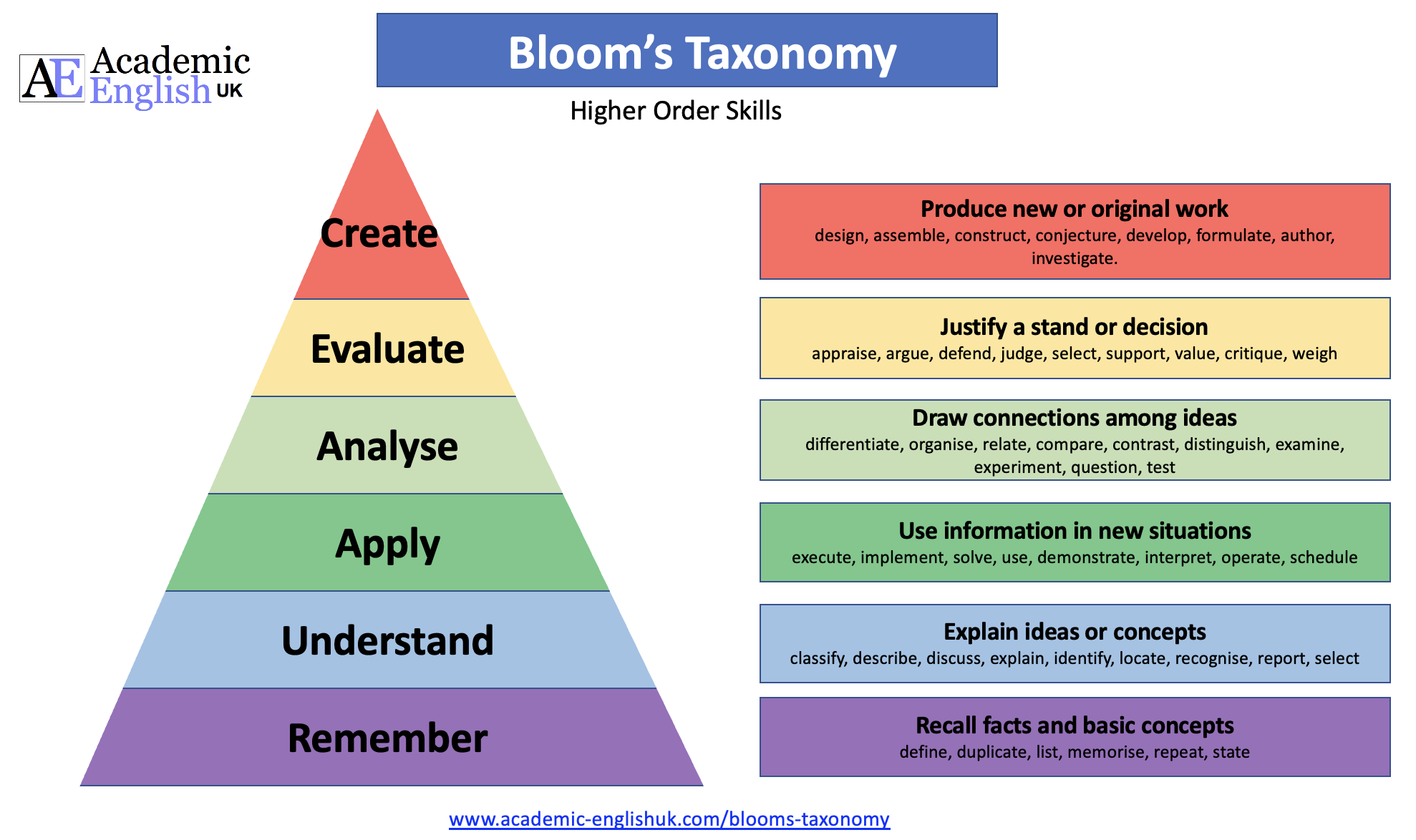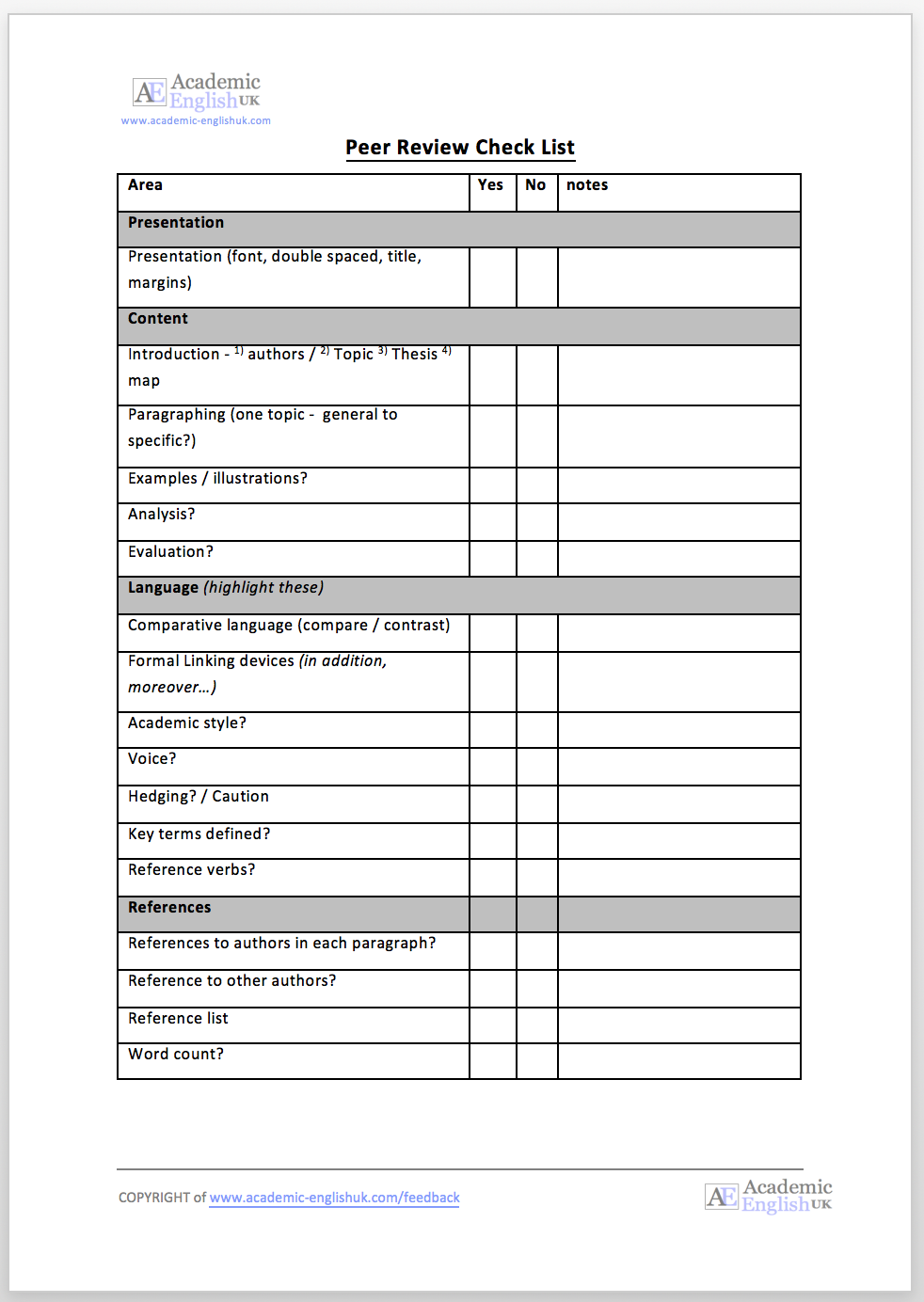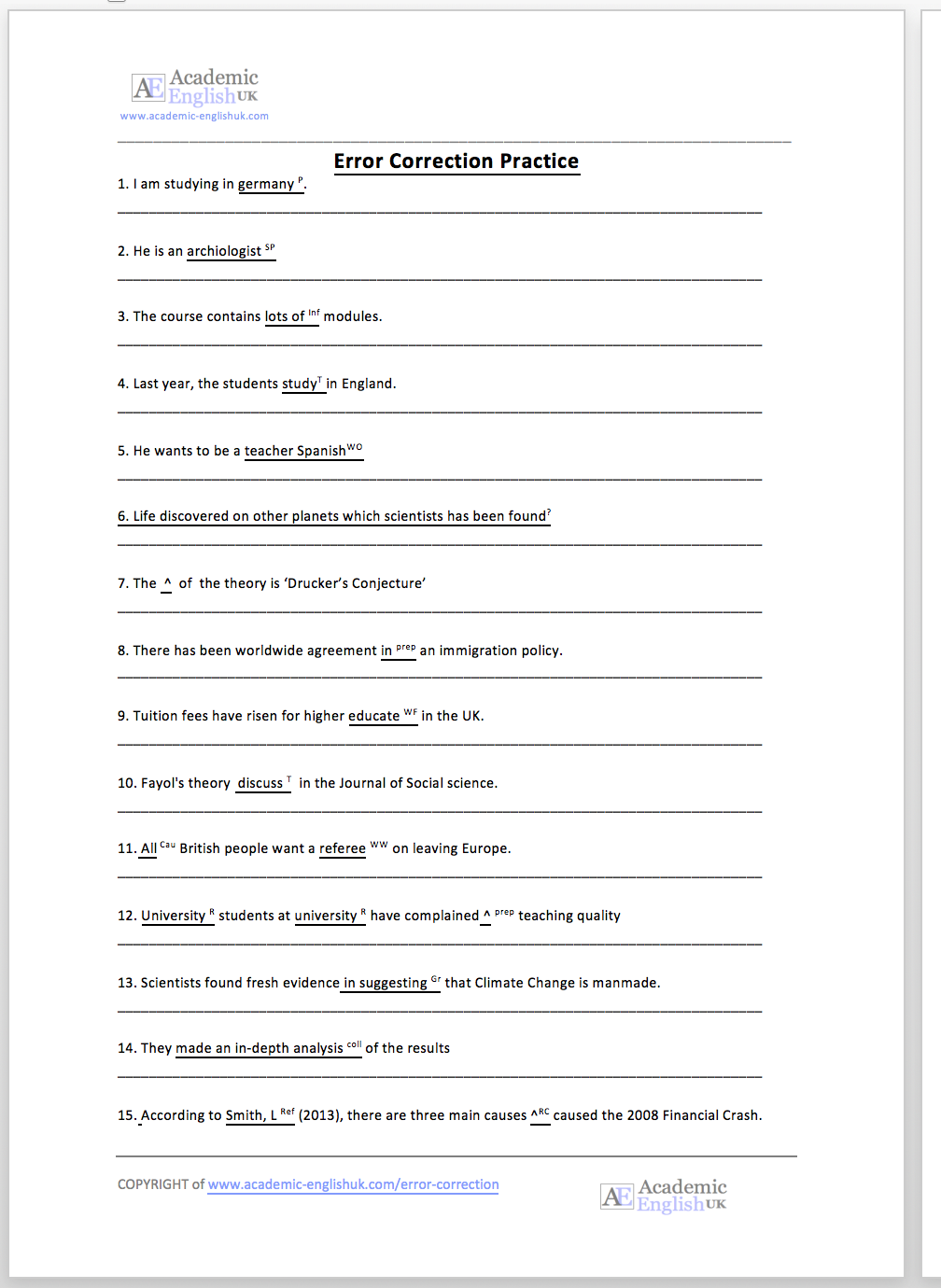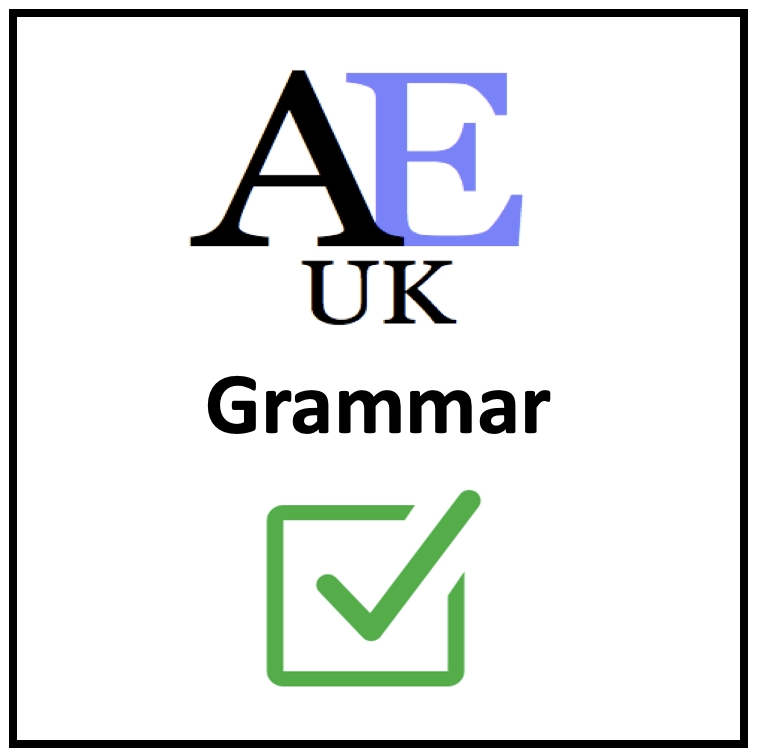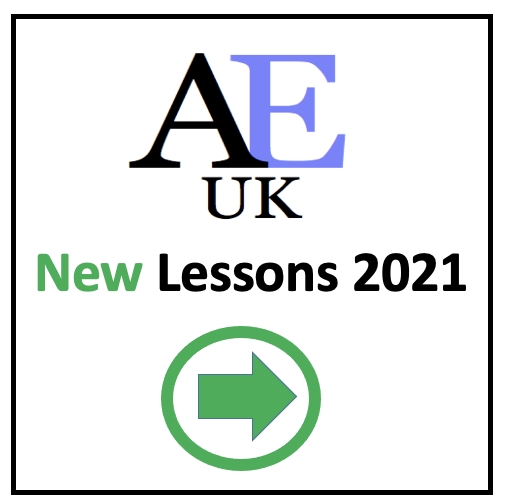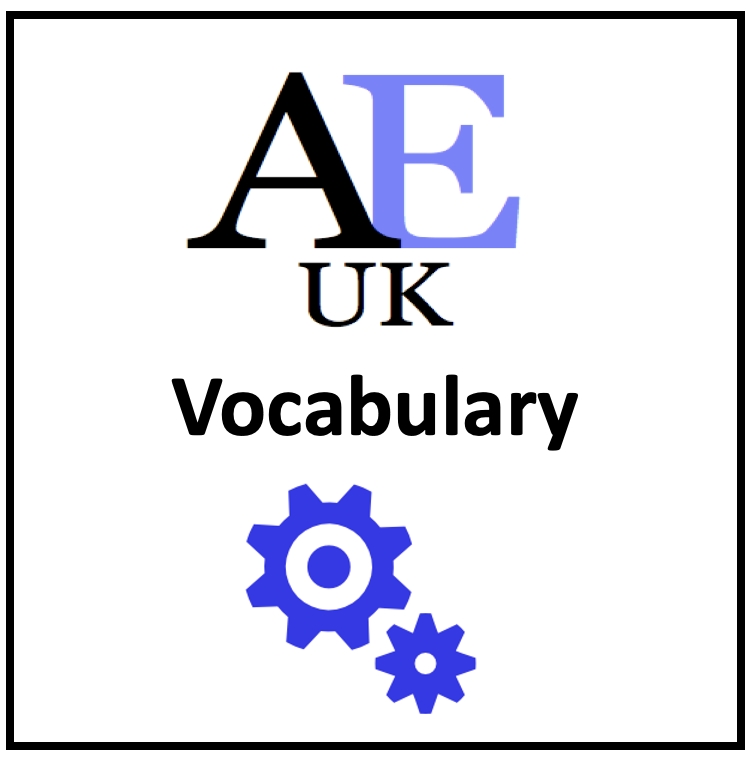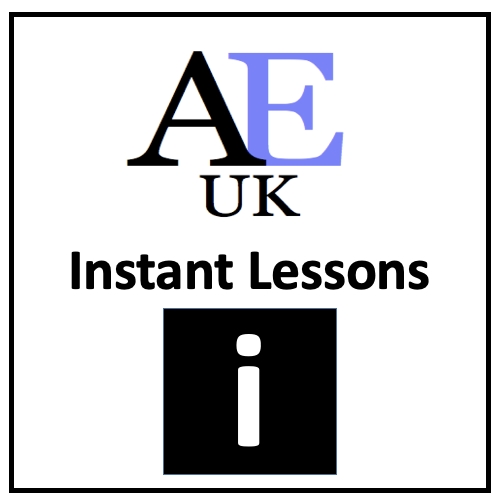EAP Theory
EAP Theory is…
… the hows, whys and ways to practice and improve EAP pedagogical teaching. This page investigates the rationale behind good practice teaching on foundation, undergrad and pre-sessional courses.
What is EAP Teaching? How can I become an EAP teacher? Article link.
1. Classroom Assessment Techniques

- “What was the most important thing you learned during this class?” and “What important question remains unanswered?”
- The Muddiest Point: “What was the muddiest point in [the lecture, discussion, homework assignment, film, etc.]?” The term “muddiest” means “most unclear” or “most confusing.”
Key sets of phrases
- What did you learn?
- What did you find easy? difficult?
- What will you do differently next time?
- What was clear about the lesson / session?
- What was the muddiest point? What are you going to do about it?
- How are you going to apply this learning in the future?
- What did you understand?
- What didn’t you understand?
- So, what now? How are you going to improve your understanding next time?
- What was the most useful point from today’s class?
- Was anything unclear? Do you have further questions?
- How can you apply this learning to your own writing?
- What has been difficult today?
- How have or will you over-come these difficulties?
- Have you got any further areas to follow up out of class?
- What are you going to try differently next time?
2. Student development theory…
Bloom’s Taxonomy Pyramid
This pyramid is seen as the development process of student entering university. The idea is to focus on improving the higher order skills; apply, analyse evaluate and create.
Bloom’s Taxonomy – higher-order thinking skills – LSU Centre for Academic Success
This short video provides a brief overview of Bloom’s taxonomy: classification of learning levels. It discusses each level but pays particular attention to the higher levels of analysing, evaluating and creating. It is a nice introduction to the theory of critical thinking. Example. Level: ***** [B2/C1] / Video [3.51] TEACHER MEMBERSHIP / INSTITUTIONAL MEMBERSHIP
Critical Thinking: Bloom’s taxonomy cue questions
This information sheet provides a set of cue questions for each level of the taxonomy. A very helpful resource to accompany the theory of Bloom’s classification of thinking levels. TEACHER MEMBERSHIP / INSTITUTIONAL MEMBERSHIP
3. Peer Feedback

Some students struggle with seeing the value of ‘peer feedback’. This is a nice way to introduce the reasons why it is important. Start by having a discussion on the topic of peer feedback…
-
Have you ever experienced peer feedback before?
-
Why do universities in the UK focus on doing peer feedback?
-
What are benefits and drawbacks of doing peer feedback?
Academic Evidence – why peer feedback is important.
The last two decades have brought a seismic shift in the provision of feedback. Traditionally, feedback was seen as a ‘gift’ (Askew and Lodge, 2000) — something presented by the teacher to the student, with students cast in the role of relatively passive recipients or even bystanders. But there is now widespread recognition that students must play a more direct and active part in feedback, if it is to make a real difference to the quality of their learning. (University of Edinburgh, 2010).
For the Quality Assurance Agency (2006), encouraging students to reflect on their own performance as well as get feedback from others is seen as worthwhile, and especially so “when opportunities for self-assessment are integrated in a module or programme” (QAA, 2006). Skills in giving and receiving feedback are also prized by employers (see e.g. Jaques, 2000) and seen as an indispensable ‘graduate attribute’, helping to prepare students for learning in everyday life and work beyond university (Boud and Falchikov, 2006).(University of Edinburgh, 2010).
Examples:
These sheets are examples of feedback checklist forms. Students can look at that partners work and identify whether contains specific parts. One form is for writing the other is for presentations;

Feedback Writing Form download in a Word Doc – click here

Feedback Form Download in a Word Doc – click here
4. Writing Error Correction
This page includes a standard error correction symbol code. Use these symbols to highlight key mistakes in a student’s work.
This is a 3-way system.
1) Tutor marks the mistakes using the correction code + return to student.
2) Student makes coreection in a different colour pen and returns to tutor.
3) Tutor checks corrections and corrects if the changes are incorrect – give back to students.
Reason: This way the student learns from their mistakes and takes morer responsibility in correcting errors and learning from mistakes.
 Correction Code
Correction Code
Teachers: This code can be used to correct student’s work. Underline the mistake and use one of the symbols to indicate problem. Students correct the mistake using the code and return to teacher to check. TEACHER MEMBERSHIP / INSTITUTIONAL MEMBERSHIP
x
Basic Error Correction Practice
 Practice & Answers – free download
Practice & Answers – free download
Teachers or students: This is the above practice sheet and answers.
TEACHER MEMBERSHIP / INSTITUTIONAL MEMBERSHIP
*
Difficult Error Correction Practiceworksheet
Difficult Error correction Practice & Answers
Teachers or students: This is a much harder worksheet of 12 sentences with 3 or 4 mistakes in each sentence. It includes answers.
TEACHER MEMBERSHIP / INSTITUTIONAL MEMBERSHIP
More digital resources and lessons
Readings
online resources
Tests
online resources
Grammar
online resources
New for 2021
online resources
Writing
online resources
Summary
online resources
Vocabulary
online resources
Instant Lessons
online resources
Listening
online resources
Argument
online resources
Critical Thinking
online resources
Topic-lessons
online resources
Speaking
online resources
SPSE Essays
online resources
Free Resources
online resources
AEUK The Blog
online resources


